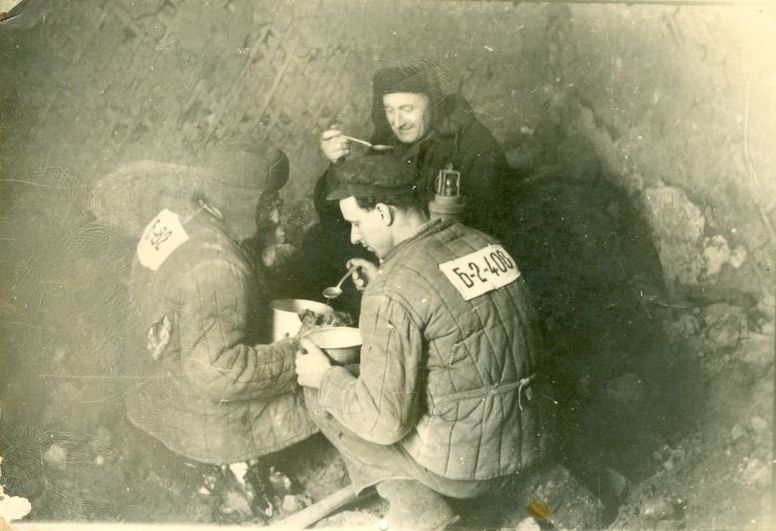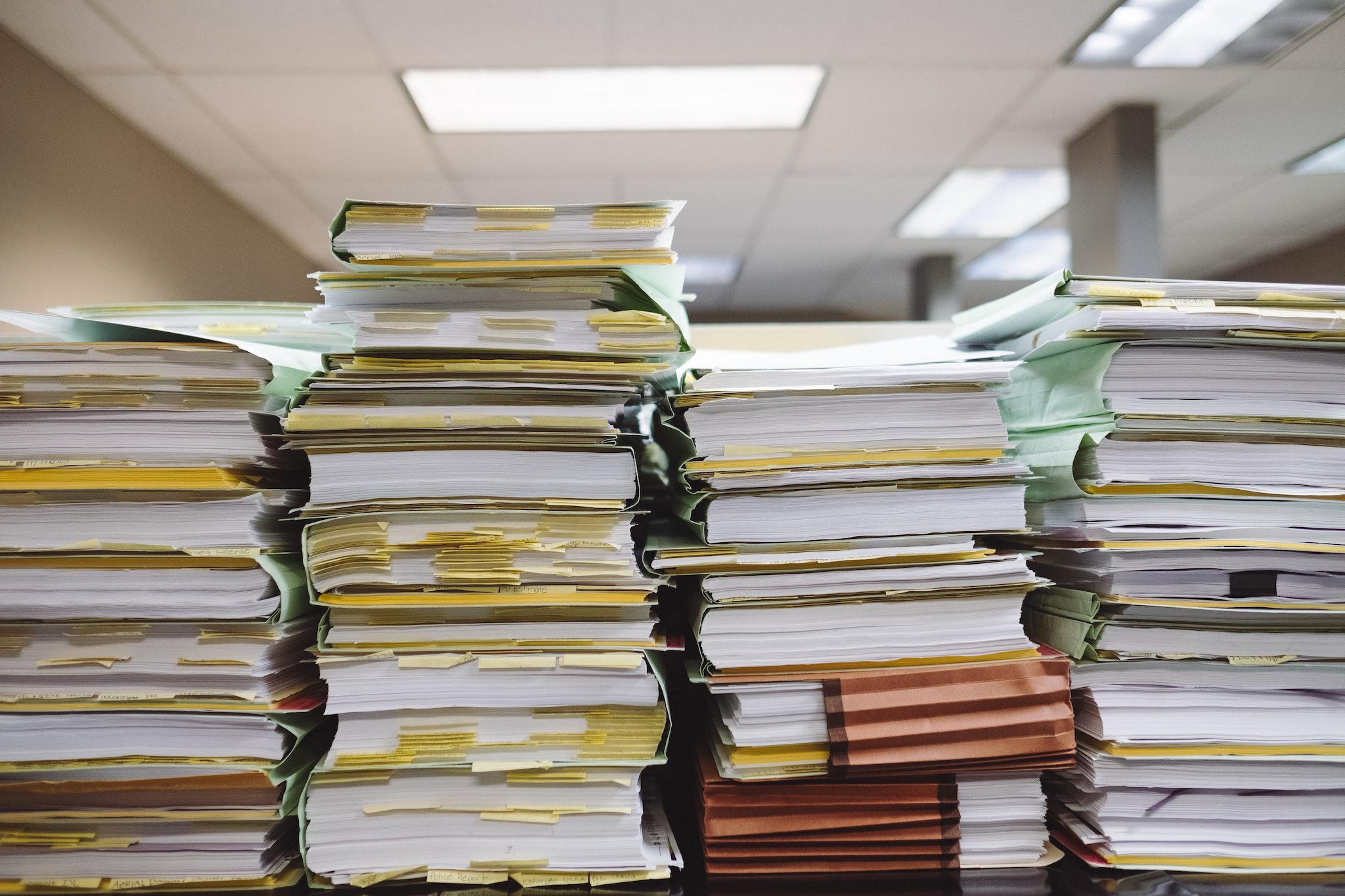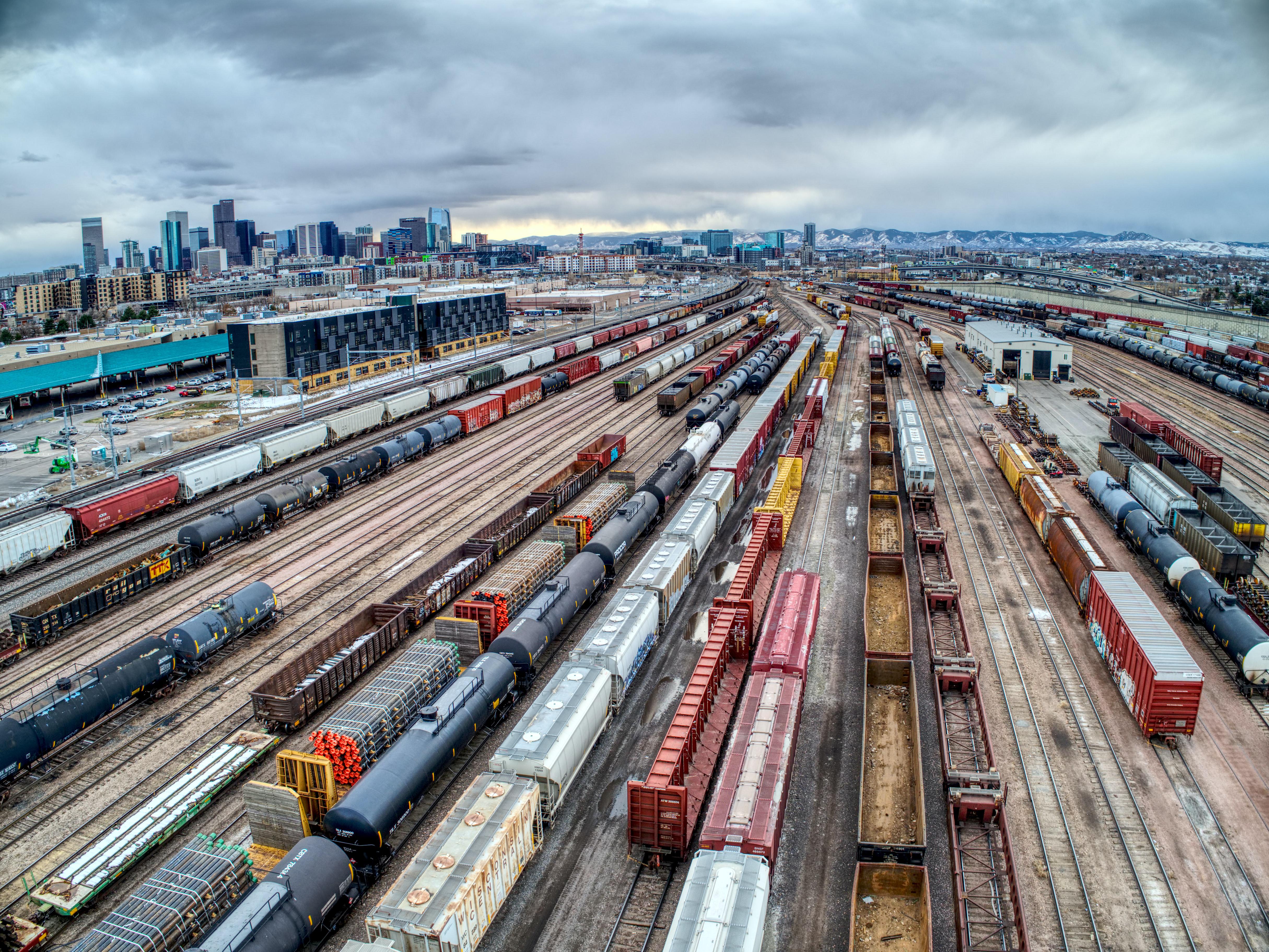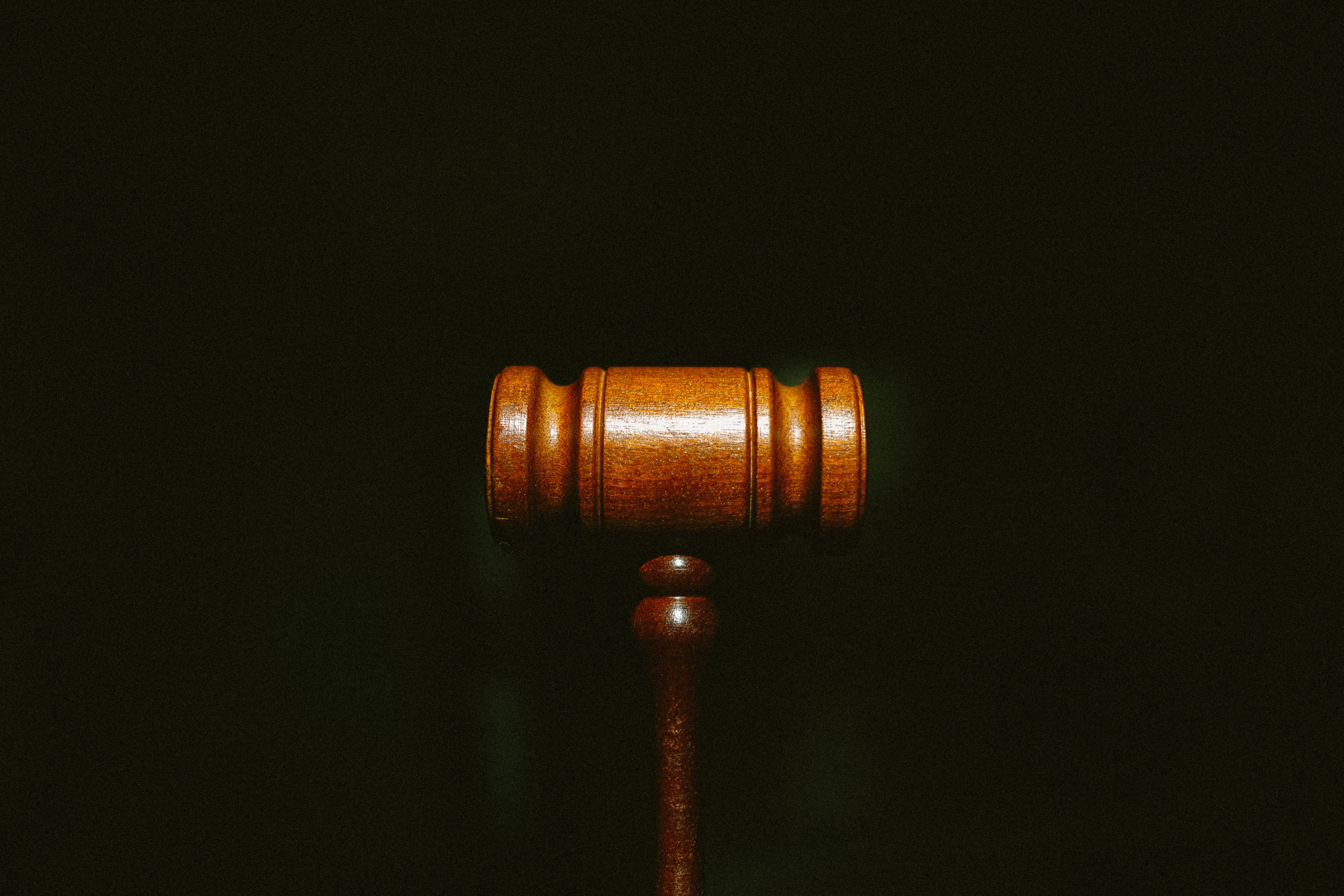This spreadsheet lists 1,000+ cases of alleged police brutality amid George Floyd protests
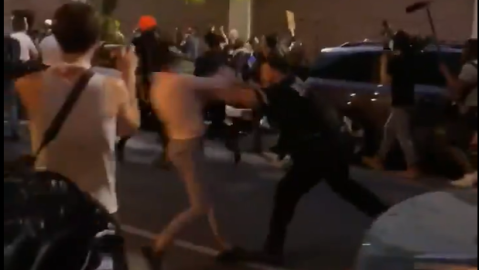
via @Whitney_hu on Twitter
- The publicly accessible Google Sheet lists more than 1,000 incidents of alleged police misconduct.
- Each entry is organized by city, and most contain a link to a video.
- From tear gas to rubber bullets, the videos highlight the extensive powers police are given in certain situations.
Activists have been compiling videos of violent clashes between protestors and police in the two weeks since George Floyd was killed by officer Derek Chauvin. Hundreds of these videos appear on a Google spreadsheet that currently lists more than 1,000 incidents of alleged police misconduct. Many of the scenes are surreal.
In Minneapolis, a video shows police marching down a mostly empty residential street and screaming “get inside!” to a handful of residents standing on a porch. When the group doesn’t go inside, police shoot them with pepper bullets.
In San Diego, police said they witnessed a woman swing a sign at an officer on a motorcycle. It’s unclear whether she did. But what a video does show is several cops arresting a woman at gunpoint, putting her inside an unmarked van, and telling her concerned friends: “If you follow us, you will get shot.”
In Austin, 16-year-old Edwin Ayala attended a protest. He stood alone on a grassy hill, about a dozen yards away from police and other protestors. As Ayala stood still, an officer on the street raised his gun and shot a bean-bag bullet at the boy’s head. Ayala collapsed instantly and was hospitalized.
Twittertwitter.com
The project is led by T. Greg Doucette, a criminal defense lawyer in North Carolina who produces the podcast Fsck ‘Em All, which covers police conduct. In late May, he started posting videos of clashes between protestors and police to social media. Soon, people began sending him videos to post.
“I think ‘avalanche’ is probably an understatement,” Doucette told TIME. “I’ve got close to 2,000 messages that I haven’t even been able to open yet.”
Doucette and his colleagues try to verify each video, such as by checking whether the media has covered an incident, or highlighting when videos show an incident from an additional vantage point. Most entries also contain commentary, such as: “police shoot out a dog walker’s eye for sport.”
Twittertwitter.com
One of the people helping with the project is Jason Miller, a mathematician in California. Miller told TIME:
“[As] I’ve grown up and matured, I’ve moved out of Minneapolis and I’ve reflected on my relationship with race. I’ve seen how the culture in Minneapolis was not a healthy culture. […] I wanted this information to be freely distributed, and free for people to see.”
To be sure, it’s not always clear what’s happening in these videos, or what provoked a clash. What’s more, it’s likely that cops technically aren’t breaking any laws in some of these incidents. After all, most police in the U.S. are given the power to use pepper spray, tear gas, batons, and non-lethal bullets against civilians who are “unlawfully” assembled.
The Austin Police Department’s handbook, for example, says that officers can use modified 12-gauge shotguns to shoot civilians with bean-bags if they need to “de-escalate a potentially deadly situation.” (You can watch an officer shooting Edwin Ayala in the head and decide for yourself whether that officer faced a “potentially deadly situation.”)

Current And Former Mayor De Blasio And NYC Gov’t Staffers Call On Mayor For Police ReformStephanie Keith / Getty
It’s also worth mentioning that hundreds of police officers have been injured during protests and riots in recent weeks. In St. Louis, four officers were shot and one former police captain was killed. In Oakland, two Federal Protective Service officers were shot during a protest; one was critically injured, the other died. And in New York City, nearly 300 officers have been injured so far, according to the NYPD. (It’s unclear how extensive those injuries are.)
Still, no police handbook calls for officers to pursue extralegal revenge on civilian crowds. And it seems safe to say that no public official would argue that police — no matter the circumstance — should be permitted to deliberately cover up their body cameras, pepper-spray protestors from behind as they’re walking away, or chase down and beat reporters for documenting the protests.
“What we’re taught in school is that all power comes from the people; the people elect their representatives, the representatives hire the bureaucrats, the bureaucrats hire the cops” Doucette told TIME. “They’re supposed to be at the bottom of the rungs of power, and instead we’ve inverted that upside down— where the police are openly declaring war on their own citizens, and the politicians are simply sitting there, diddling their phones, not doing anything.”
